Being an introvert artist can feel like being the odd one out. While all your friends like to hang out, you prefer to be in your quiet space and spend time alone creating art—that you never show anyone… Because sharing it feels like peeling back your skin. It’s too personal, too emotional, and too fragile to offer it up to a world that is often too loud, too fast, and too quick to judge. In this post, I speak about what it’s like to be an introvert artist—to remind you that you’re not the only one and to help others see things from your perspective.
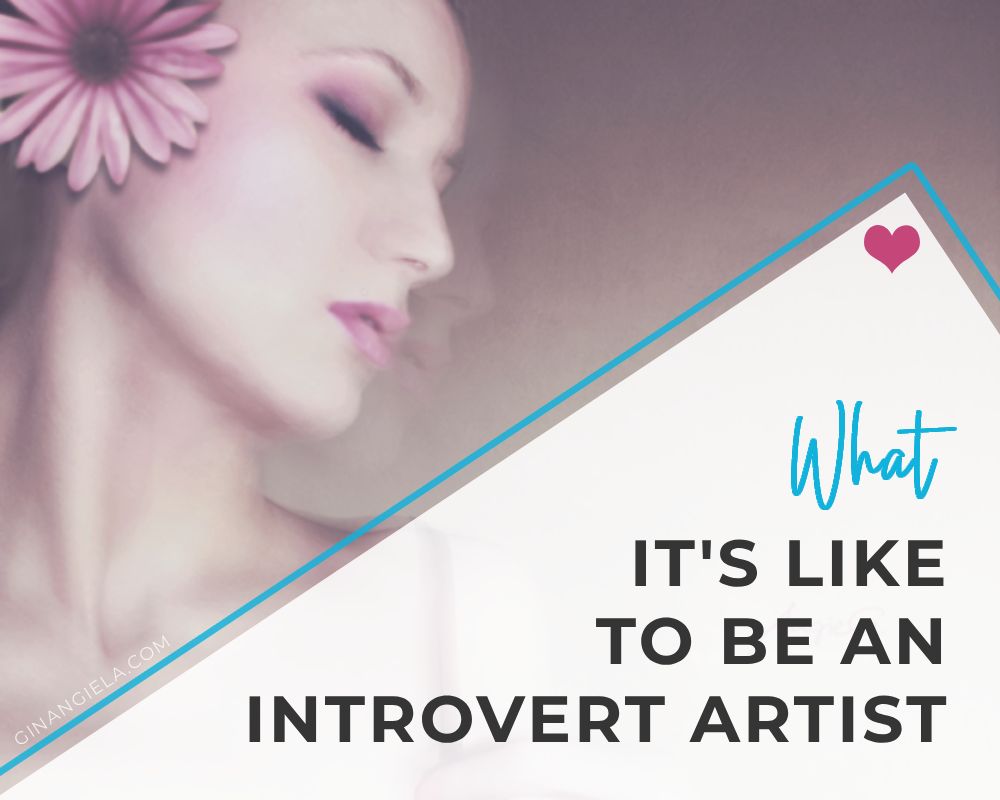
Are you one of those fellow creatives that loves to be alone to find inspiration and create art? Do you derive energy from solitude rather than from being around people?
Well, then you’re probably one of those introverted artists that prefer to immerse themselves in their art than mingle with others. That doesn’t mean you’re shy or don’t like people—it just means that you feel more comfortable in your own space and work on your creative ideas.
For introverts, like myself, art—whether it’s visuals, sculpting, music, poetry— is a way to process our experiences and feelings.
Art is emotional. It’s personal. And it’s all about putting our feelings out there—which isn’t always easy for those of us who live in our heads. Letting someone into that space can feel too vulnerable.
That's why I dedicated this post to being an introvert artist.
As an introvert, art has always been my safe space—a medium to explore and express what’s going on inside of me. I’ve always turned to creative stuff when I needed to feel like myself.
That’s also why sharing it with others can feel so vulnerable.
The thought of showing someone a drawing you poured your heart into and having them not like it can be so terrifying that I sometimes rather choose to not show them.
That’s what’s like being an introvert artist: the inner landscapes we build in our heads (and on the canvas) often stay just that: hidden. Yes, believe it or not: it might happen that we spend hours creating an artwork, and then it sits unseen.
For introverted people who thrive in our own heads, it’s not easy to open that door and let others in.
Still, I have to say that I never got a super awful reaction when I’ve shared my artwork. I’ve usually ended up connecting with others—especially fellow creatives.
They just get it, and that kind of understanding is so valuable when you’re introverted and looking for genuine connections.
So, for all extroverted art lovers, friends, family members, and partners who struggle to understand us quiet, emotional, creative souls out here—this is what it feels like to be an introvert artist and let someone else into your world through your art!
- Stay in touch!
Our Newsletter is packed with creative tips, free tutorials, art tool reviews, and looaads of inspiration!
What's it like to be an introvert artist?
Dealing with an introvert artist can be special—sometimes beautiful, sometimes confusing—depending on how well someone understands introversion and creativity.
Friends, partners, and collaborators might not understand why an introvert artist does what they are doing. For example, people might feel ignored or pushed away when the artist disappears to be alone. But it’s nothing personal—they just need some quiet time to think, recharge, and create.
Being close to an introvert artist requires patience, respect for their space, and allowing things to unfold at their own pace. But once trust is built, it can be a beautifully deep and inspiring relationship.
So, to help others better understand their quiet, creative friend—and to reassure every introverted artist that there’s nothing wrong with them, here’s what it’s often like to be an introvert artist:
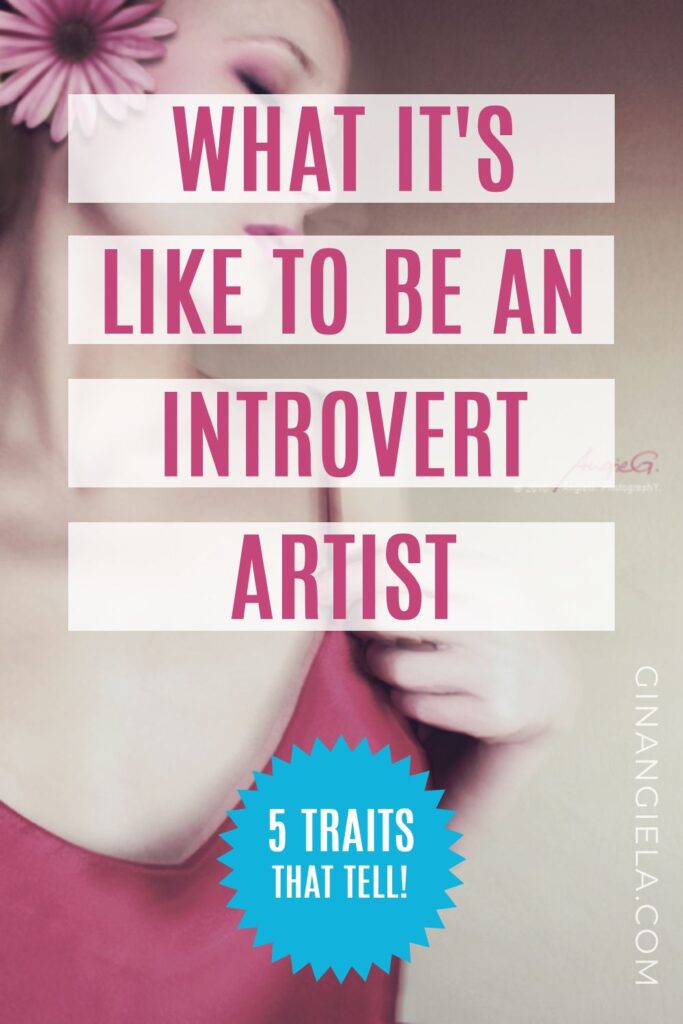
5 Traits of introvert artists that are hard to understand for others
Trait #1: Introvert artists play down their art
Some of the most powerful art comes from deep within. Profound emotions and vulnerability can lead to amazing poetry, music, and visual art. Some even say that great art comes from suffering.
Now, sharing that art with the world outside? That may be too much to ask from an introvert artist. It can feel like putting your heart on display with no armor.
That’s why introverts often have a habit of downplaying their work. I already found myself shrugging of the deeper meaning behind my work, saying things like, “Oh, this isn’t anything serious,” or “It doesn’t really mean much.”
However, when people tell me that my art makes them feel something—regardless of whether it’s a positive or negative feeling—it’s the best compliment I can get.
And honestly, that’s the magic of it. Why would you create art that doesn’t make you feel anything? In my opinion, art is to make people feel—even if it’s mean being uncomfortable, emotional, shaken, taken aback…
So I’ll rather take my messy, emotional and vulnerable stuff out there—even if it makes sharing a little scary.
Trait #2: Introverts have a special "artist personality"
I often feel like there are two versions of me—the one people see when I’m around others, and the more real version that only comes out when I’m by myself.
Introverts, you know what I mean, right?
That’s why sometimes it’s even harder to share my art with people I’m close to. They’re used to seeing one side of me, but the part of me that creates—the deeper, more introspective and artistic side—can feel like a totally different person.
Sure, I can draw a quick sketch in my notebook and show them. But my surreal photo manipulations that capture my emotions and even include my face? Probably not…
This split isn’t about being fake in public; it’s about conserving energy. Interacting with others, especially in groups or fast-paced environments, requires effort. Introverts often process the world internally. We need time and space to make sense of things.
As a result, we naturally develop a kind of social mode—a version of ourselves that can navigate conversations and social expectations without revealing too much of our internal world. It’s functional—and protective.
There’s also a fear that people won’t understand—not just the art, but the part of you behind it. What if they don’t take it seriously? What if they laugh at the exact thing you made in a moment of emotional vulnerability?
What if they only know the “you” who’s composed and low-key, and they don’t know what to do with the version who expresses their deepest emotions through works of art that may appear weird to others?
That's why being an introvert artist is often like having two personalities. The regular self that navigates everyday life and that most people know. And the self that’s rich in feeling and imagination—but that rarely gets seen.
That tension between getting your art seen and staying safe is something introvert artists experience a lot—and tend to struggle with.
- Need some inspiration from famous introvert artists who struggle with the same things?
Stay inspired all year long!
Trait #3: Introverts hide their passion from close ones
Following up on what I said above, it’s not unusual for an introvert artist to hide their creative passion from close ones. For me, it always feels a little weird to tell a close friend—someone I’ve known for years—that I actually love making artwork.
They’re usually like, “Wait, what? How did I not know that?”
Well… probably because I don’t usually do those things in front of people. I need some me time to process how I feel—and more often than not, those feelings come out later through an artwork or a piece of poetry I create when I’m by myself.
For me, creativity happens when I’m alone and things around me are the way I want—music, quiet, podcast, whatever I feel like in the moment. That love for solitary art-making makes it harder for people to see my creative side.
…and the other way round: it also makes it more difficult for me to share with someone close what I’m doing. It’s like letting someone peek behind the curtain.
Close relationships tend to settle into familiar roles: “You’re the funny one,” “I’m the quiet one,” “You’re the extrovert,” “I’m the listener,” etc.
When an introvert suddenly shows a different, more expressive side of themselves—like an emotional poem or artwork—it’s like shifting the dynamic.
Naturally, that change can be uncomfortable—both for the artist and the other person.
Trait #4: Introverts take courage from other artists' work
When I see fellow artists openly sharing their artwork, it makes me feel more normal about my own creations. There’s something about seeing others express themselves that makes it easier to do the same—like their courage gives you permission to stop hiding your own creativity.
Wouldn’t you agree: sometimes doing the thing that feels a little awkward can help make it less awkward for everyone else. Seeing other artists share their “weird” stuff is like an internal sigh of relief: Oh… maybe it’s okay to share this part of myself, too. I start to feel a little less weird about my laptop full of digital artwork no one’s seen so far…
It creates a ripple. Suddenly, sharing your work isn’t a big deal. Reading a poem out loud isn’t as terrifying. You start to realize that the world doesn’t end when you put a little piece of yourself out there—and that actually many people do so.
Just imagine what the world could be like if more people felt safe to share their creativity—to make things, to share things, to connect through art and expression instead of just performance and perfection.
We’d be surrounded by more color, more feeling, more honesty. Isn’t that kind of the dream?
Trait #5: Introverts express themselves through their art
I used to feel kind of awkward admitting that I was probably the only quiet, artsy person in the room—like the odd one out who’d rather create or write than speak up in a big group. I thought maybe I was the only one who communicated better through creativity than conversation.
But over time, I realized I was totally wrong about that. Just like I’ve learned ways to navigate group settings, I’ve also come to see that everyone has their own form of expression—whether it’s through art, music, writing, dance, cooking, gardening, etc. Everything can be a way to process emotions and life experiences.
There are so many different ways to create, and I’m constantly amazed by the variety and depth of what people come up with. Sometimes I have to remind myself: art doesn’t have a limit—it’s something deeply human. We all have some version of it inside us.
→ Why It Is True That Everyone Is An Artist (Including YOU!)
That realization is very important because cultivating a mindset of “being the odd one out” inevitably makes you afraid of putting your work out there and getting judged or rejected.
It’s really comforting to know that there’s this quiet, creative thread that connects us all. Instead of hiding or judging, I’m starting to feel more curious about other artists’ work—whether they are introvert and extrovert—and how we all express ourselves in different ways.
→ 6 Techniques For Artists To Get Over Rejection [Artist Struggle Lifehacks]
∗∗∗
So, this is what it’s like to be an introvert artist—in my experience. I hope this post helps you embrace your introverted artistic nature and realize that you’re not alone.
What are your thoughts on the topic? Let me know in the comments below. I’d love to hear from you! Don’t forget to sign up for my email list so you don’t miss out on new blog posts and other cool stuff. ♥
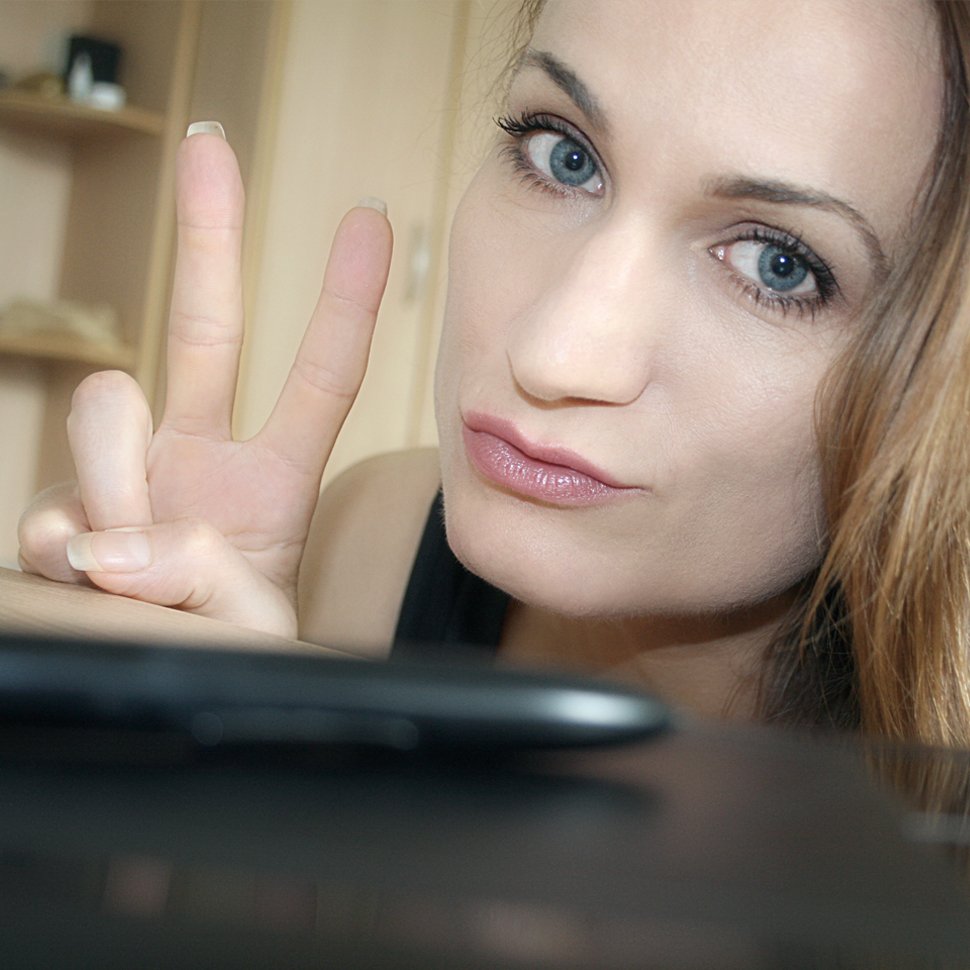

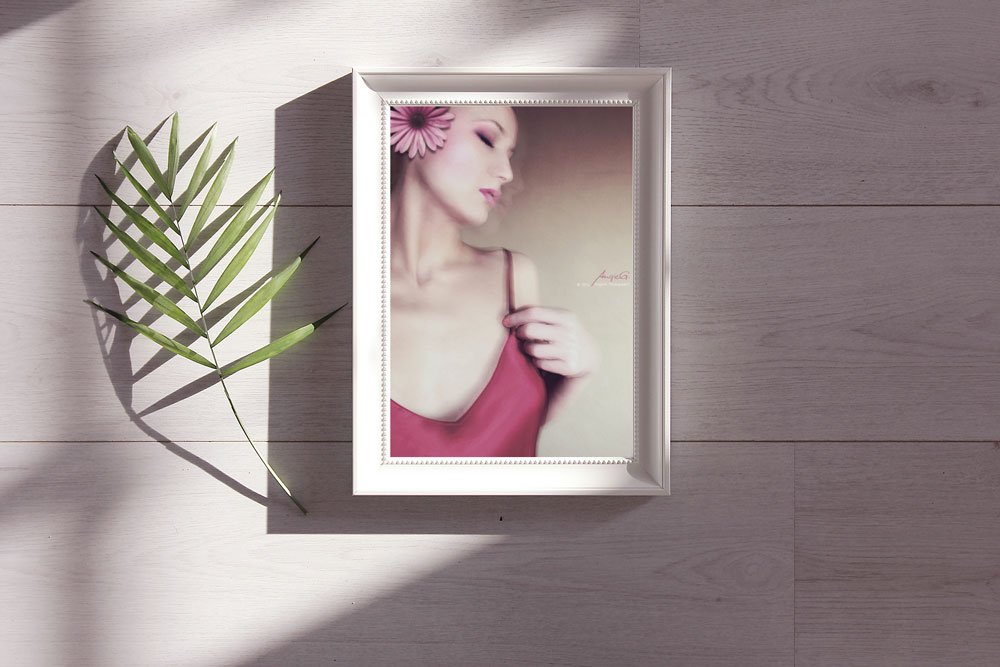
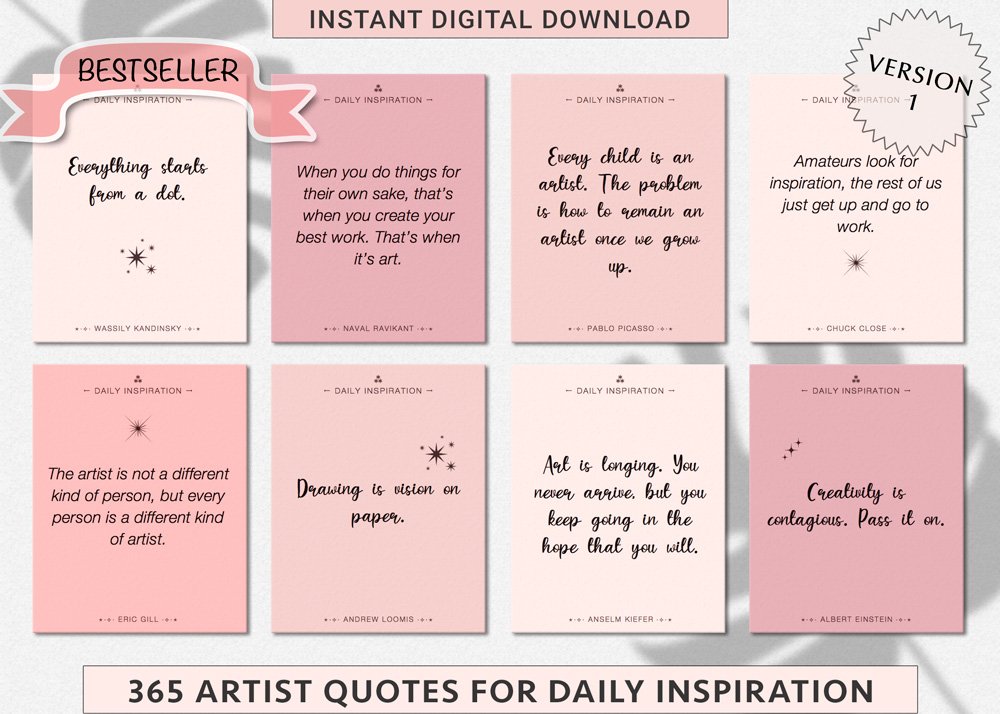
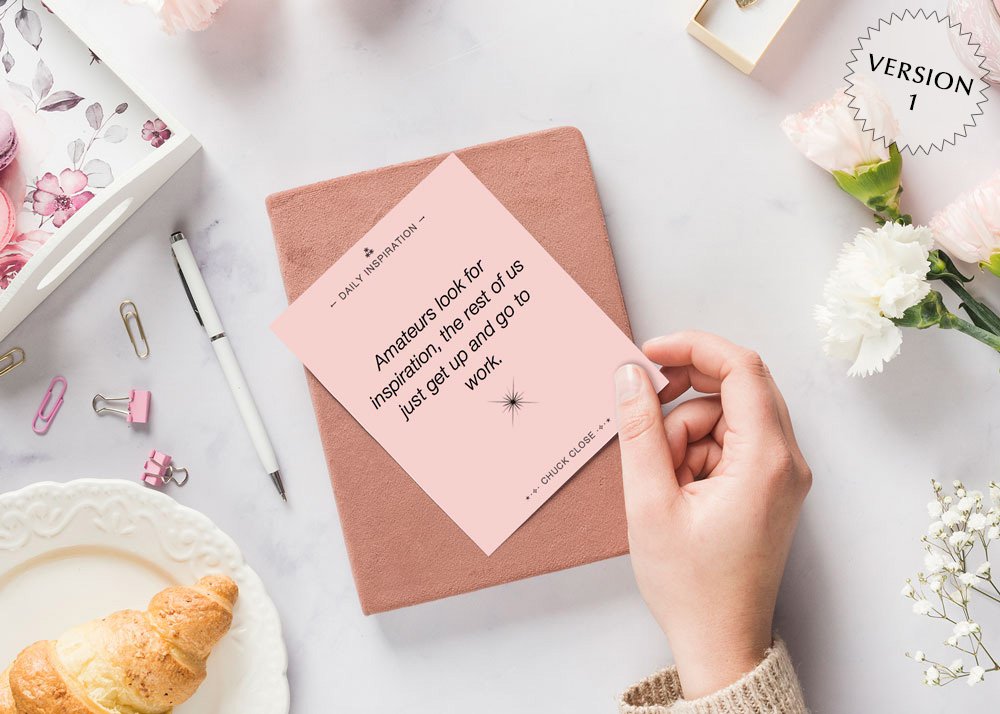
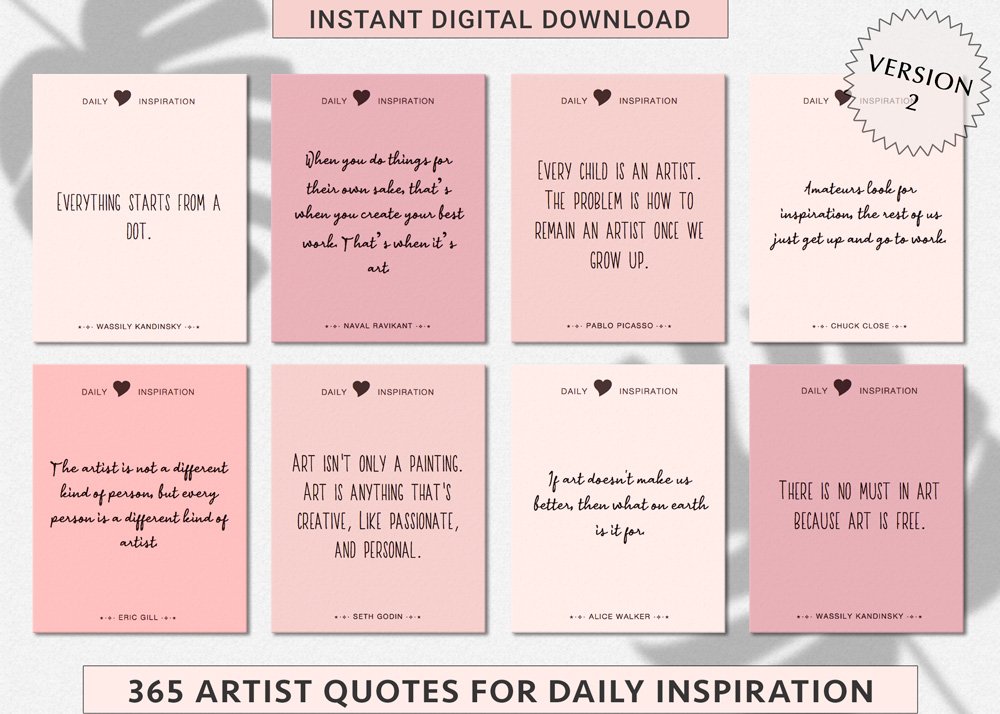
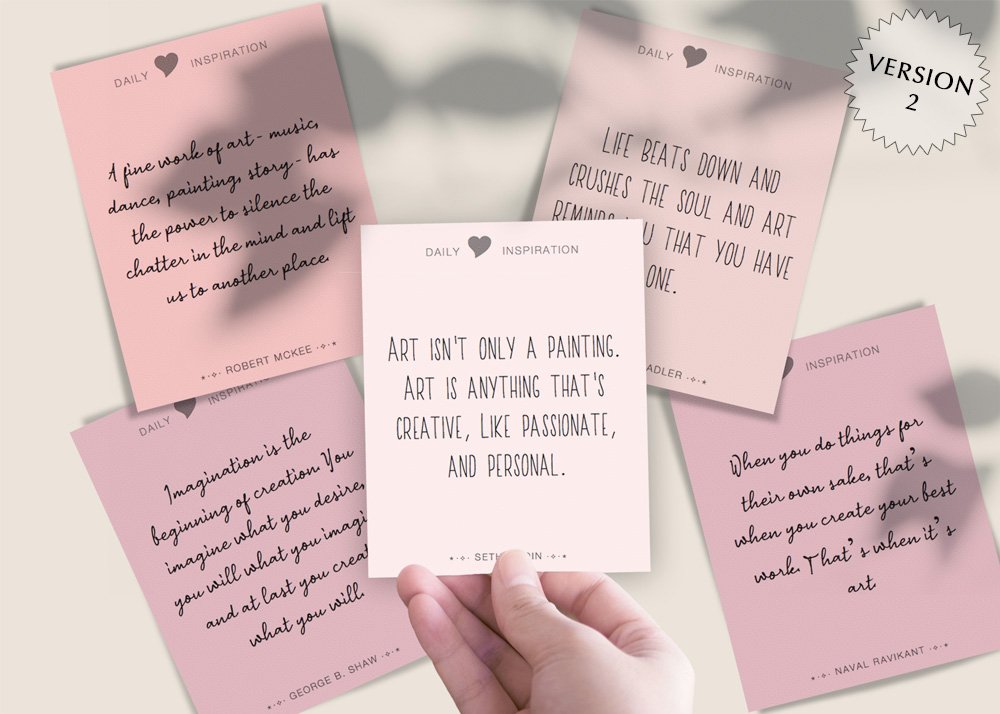
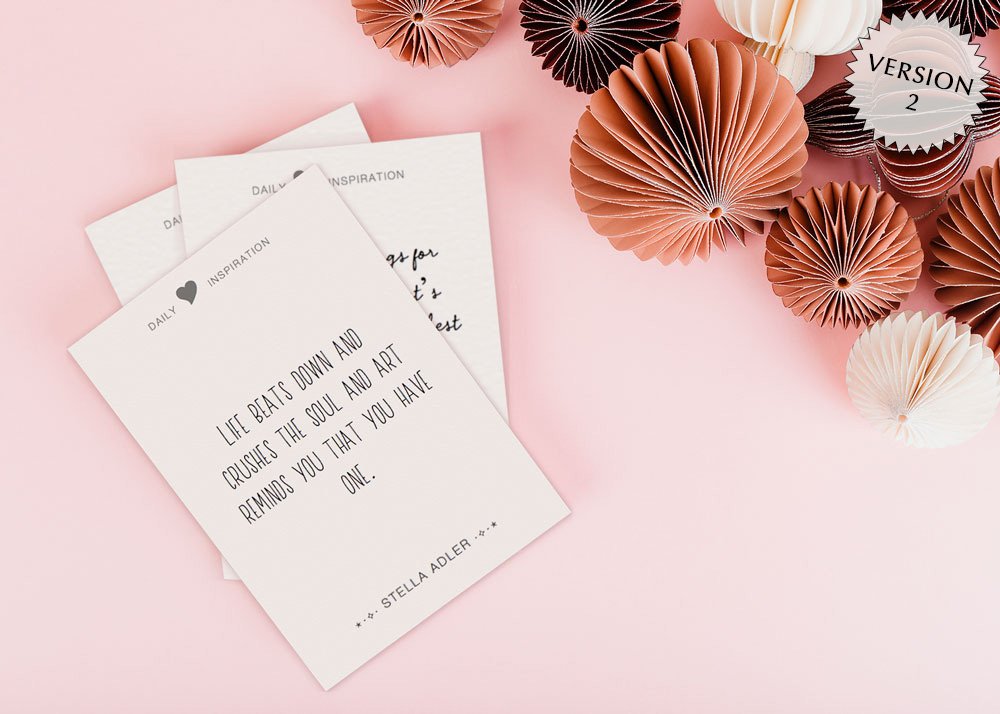
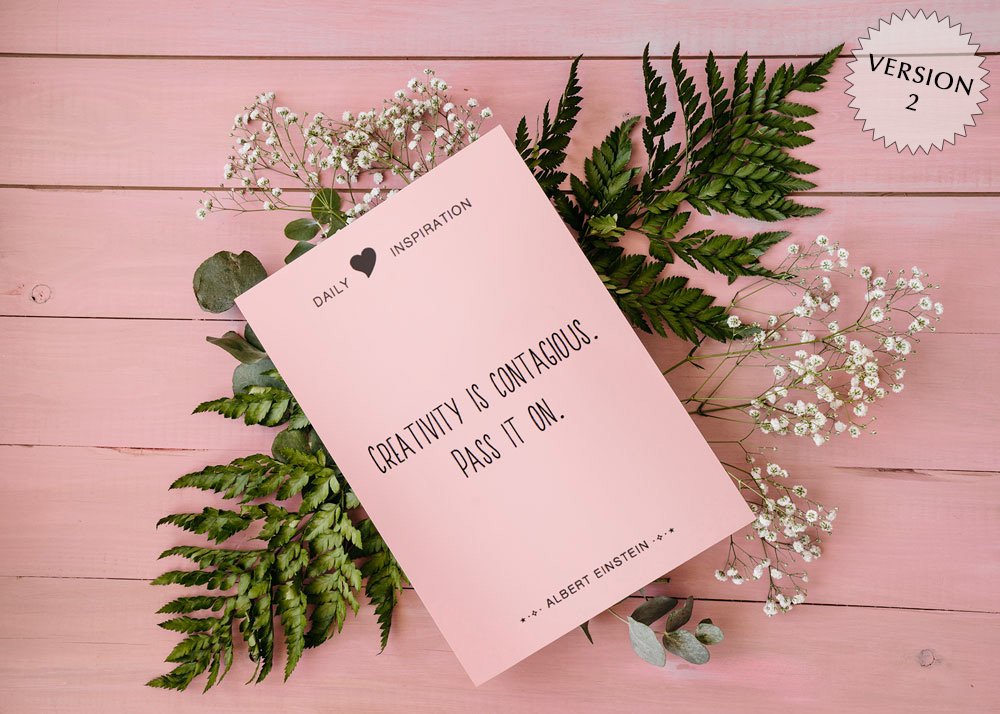
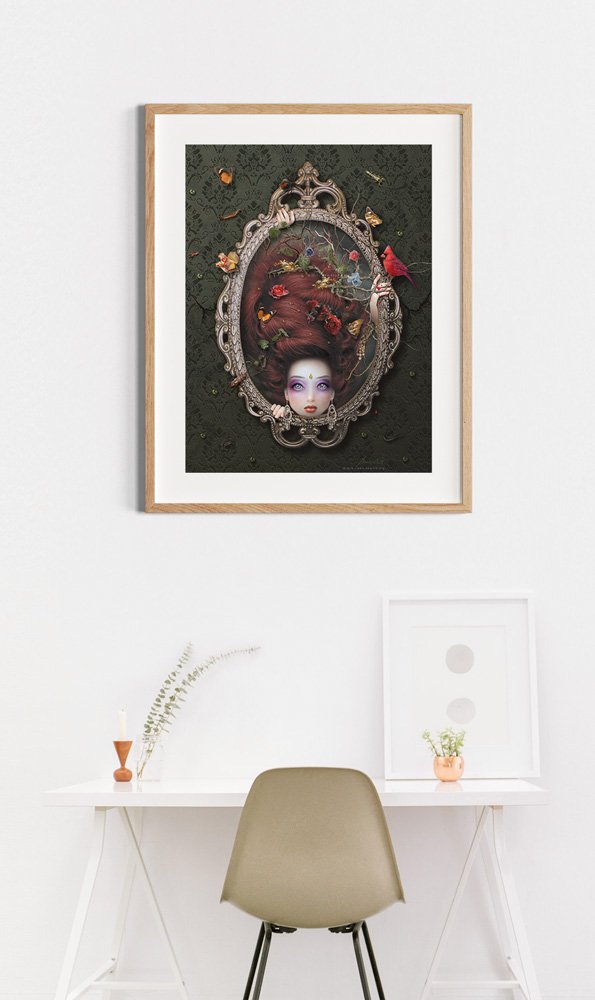
I really connected with this post. Being an introvert myself, it’s so comforting to see someone else express the challenges that come with it. Your honesty about balancing the need for solitude with the demands of the art world really resonated. It’s encouraging to know there are ways to navigate that without feeling like you have to change who you are. Thanks for sharing such a genuine perspective!
Hi, Andrea! Thank you so much for your kind words, it means a lot to me to hear that from my readers. I’m glad this perspective brought you some comfort (: